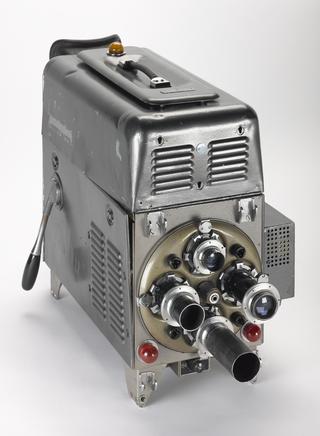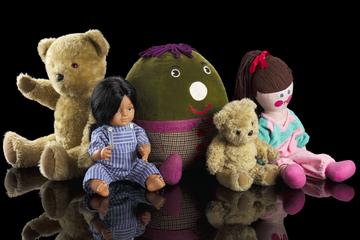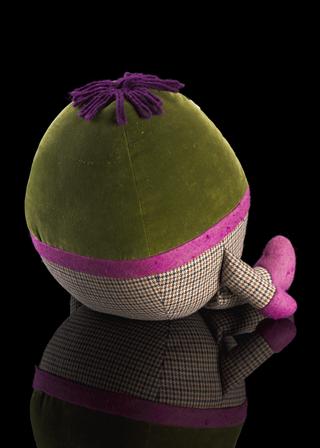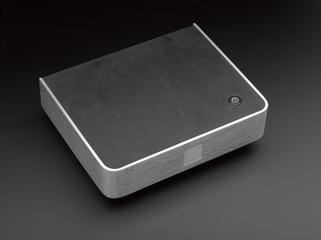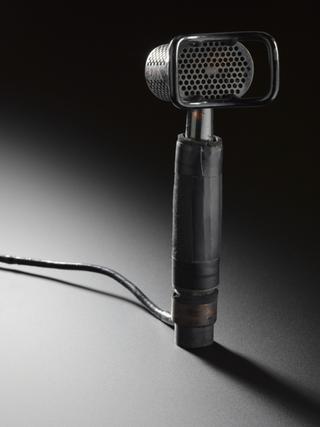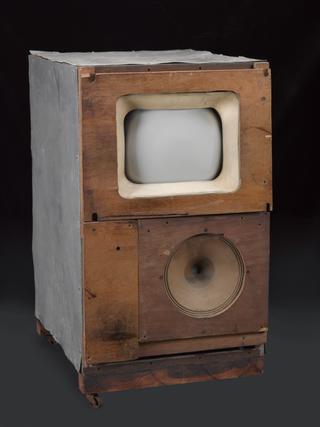
RCA Radiotron Cathode Ray Tube Col-R-Tel mechanical colour convertor
- Made:
- circa 1955 in North America and United States
- maker:
- RCA Corporation
14 inch RCA Cathode Ray Tube to be used in conjunction with 'Colortel' mechanical colour adaptor. Made by RCA, USA, c. 1955. Part of the Donald Fleming Collection of North American television receivers. The Colortel adaptor could be fitted onto the front of the monochrome television set to convert NTSC-compatible monchrome set to colour using a field sequential disc. This RCA Radiotron CRT Tube is believed to have been included to swap out with the standard and brighter 24 inch tube in the monochrome television to prevent screen burn when using the ‘Colortel,’ which focussed the bright and colourful images on a small section of the screen.
Col-R-Tel colour convertor wheel made by Color Converter Incorporated, Indiana, United States, c.1950.
In October, 1950 the United States formally adopted the CBS system as their standard for colour television. The CBS field sequential colour system consisted of a rotating colour wheel of red, blue, and green filter segments in front of a monochrome camera, feeding a black and white television receiver viewed through a second rotating colour wheel (a system first demonstrated by Baird in 1928). Unfortunately the pictures were very flickery and so the frame rate (number of pictures per second) was increased to compensate. Instead of the usual American standard of 525 lines, this system ran at 405 lines. This incompatibility of the CBS system with existing black and white sets contributed to the United States' decision to drop the CBS system in favour of a promised NTSC-compatible colour system.
A few years later, in 1955, the field sequential colour idea was re-tried by Color Converter Inc. of Fort Wayne, Indiana. Their adaptor could be fitted on the front of a standard monochrome television set, (10" or 12" screen) to convert it to a colour picture. A special electronic adaptor chassis was attached at the rear of the set which converted NTSC-compatible colour signals then being transmitted back to a field-sequential type signal.
Details
- Category:
- Television
- Object Number:
- 2001-5205/1
- Materials:
- glass, plastic and metal (unknown)
- Measurements:
-
overall: 280 mm x 140 mm x 140 mm,
- type:
- cathode ray tube
- credit:
- The Donald Fleming Collection of North American television receivers at the National Media Museum, Bradford
